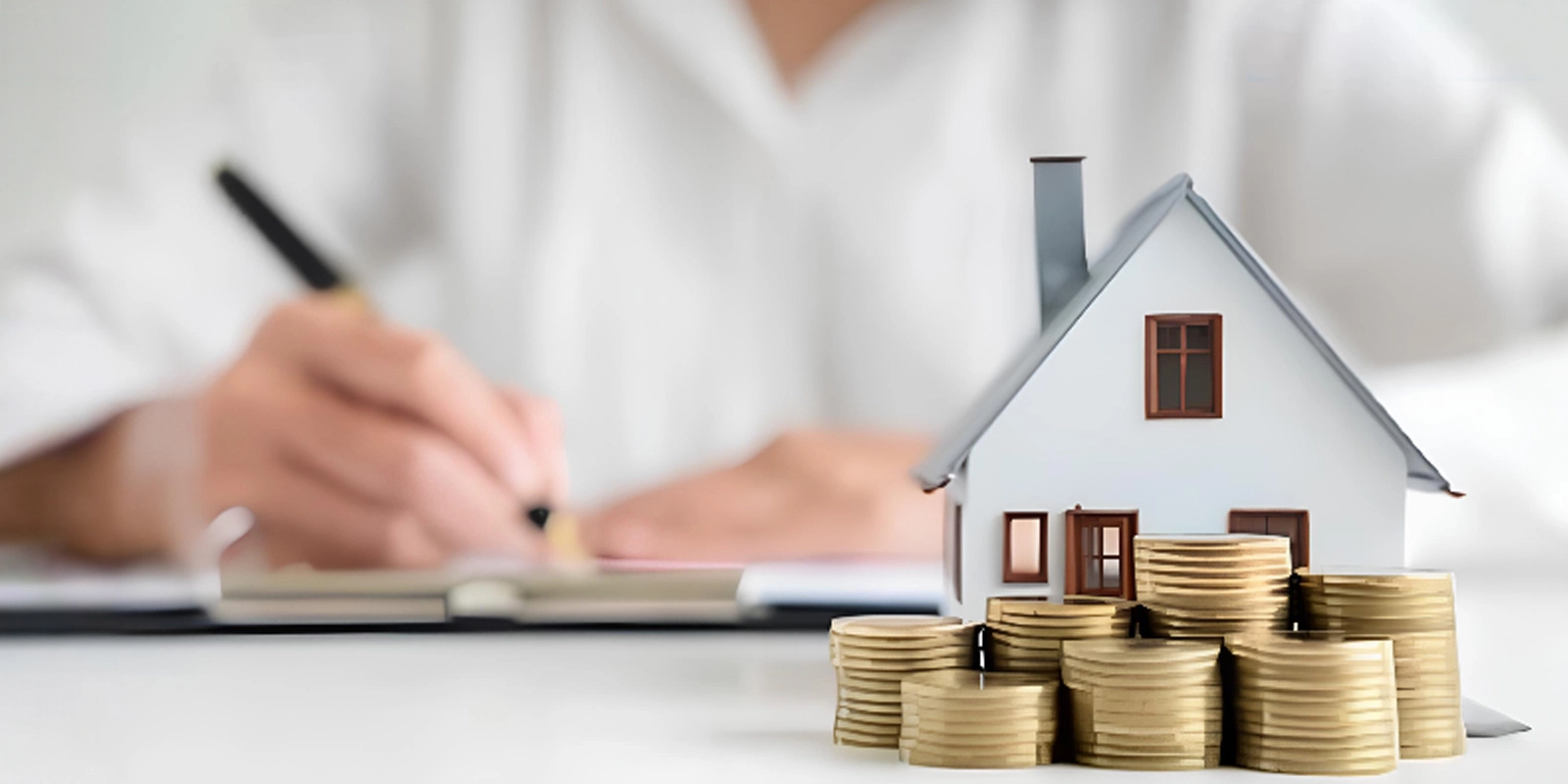
Rental yield is basically the amount of money you make from renting a property by measuring the gap between your overall costs and the income you receive from renting out your property. Understanding rental yield helps you see how much profit you are making and if you should adjust the rent. It also helps you decide if the property is right for your goals or if you’d earn more by investing in a different place. Let’s explore what is rental yield, and how to calculate rental yield:
What is rental yield?
Rental yield represents the difference between the income earned from renting a property and the associated costs of ownership. Typically expressed as a percentage, it shows the income you earn from a property relative to its market value. It’s a valuable metric for property investors, helping them assess whether the returns justify the cost of ownership.
Types of rental yield
There are two main types of rental yield: gross rental yield and net rental yield, each calculated differently and offering unique insights.
Gross rental yield is a simple calculation that looks at the amount of rental income you can receive over the year and measured against the market value of the property. This is the basic calculation that shows how much rent you make before expenses.
Net rental yield includes expenses such as maintenance, taxes, insurance, and repairs, providing a clearer picture of your actual profitability.
Why is rental yield important?
Rental yield is a critical metric for property investors because it:
- Allows property comparisons: Helps evaluate which properties provide the best returns.
- Informs investment decisions: Indicates whether a property is worth the investment.
- Supports financial planning: Assists in budgeting for expenses and future investments.
How to calculate rental yield
Gross rental yield
Gross rental yield is a straightforward calculation that excludes expenses. Here’s how to calculate it:
Thomas purchased an investment property for $200,000 and rents it out for $1,000 per month.
- Annual income: $1,000 × 12 = $12,000
- Gross rental yield: ($12,000 ÷ $200,000) × 100 = 6%
This property has a gross rental yield of 6%.
Net rental yield
Net rental yield is more detailed as it accounts for expenses. It provides a more accurate picture of profitability. To calculate net rental yield, include costs such as:
- Property taxes
- Insurance
- Maintenance
- Repairs
Example calculation:
- Annual income: $12,000
- Expenses:
- Property taxes: $1,500
- Insurance: $800
- Maintenance: $600
- Repairs: $1,200
- Total expenses: $1,500 + $800 + $600 + $1,200 = $4,100
- Net income: $12,000 – $4,100 = $7,900
- Net rental yield: ($7,900 ÷ $200,000) × 100 = 3.95%
This property has a net rental yield of 3.95%.
What is a good rental yield?
There is no clear answer to what a “good” rental yield is. However, mostly investors look for yields between 5 to 10% . A higher rental yield means more income, but it also might mean higher risks. For example, the properties in less desirable areas may have higher yield but the are harder to sell, but they also have more issues like higher vacancy rates or maintenance cost.
Factors that affect rental yield
There are several factors can affect rental yield:
- Location: Properties in high demand areas have lower yields because property values are higher. However, they may have less risk of vacancy rates.
- Property Condition: A well maintained property could have lower maintenance costs, increasing your net rental yield.
- Market Condition: Changes in the housing market, interest rates or local economy can impact both property value and the amount of rent you charge.
How to improve rental yield
If your rental yield is below your expectations, consider the following strategies to improve it:
- Increase rent: If the market allows you, raising the rent can improve your gross and net yield. Just be careful not to increase prices and lose tenants.
- Reduce Expenses: Reducing costs like maintenance or property management fees can increase your net rental yield.
- Renovate: Making improvements in the property can allow you to charge more rent, and increase your rental yield. Minor updates such as applying a fresh coat of paint or installing updated fixtures can make a significant difference.
- Choose a better location: If you are still looking for a property to invest in it. Try to find the area with increasing property values or high demand for rentals.
Conclusion
Understanding rental yield is important if you want to succeed in property investment. It helps you figure out how much money you are making from renting a property compared to its value. By calculating both gross and net rental yield, you can get the picture of your investments property. Rental yield isn’t the only consideration when purchasing a property, but it plays a significant role. Higher yields mean more income, but make sure you also think about expenses, location and tenant stability. By keeping these things in mind, you can make smarter decisions and get the most out of your property investment.







